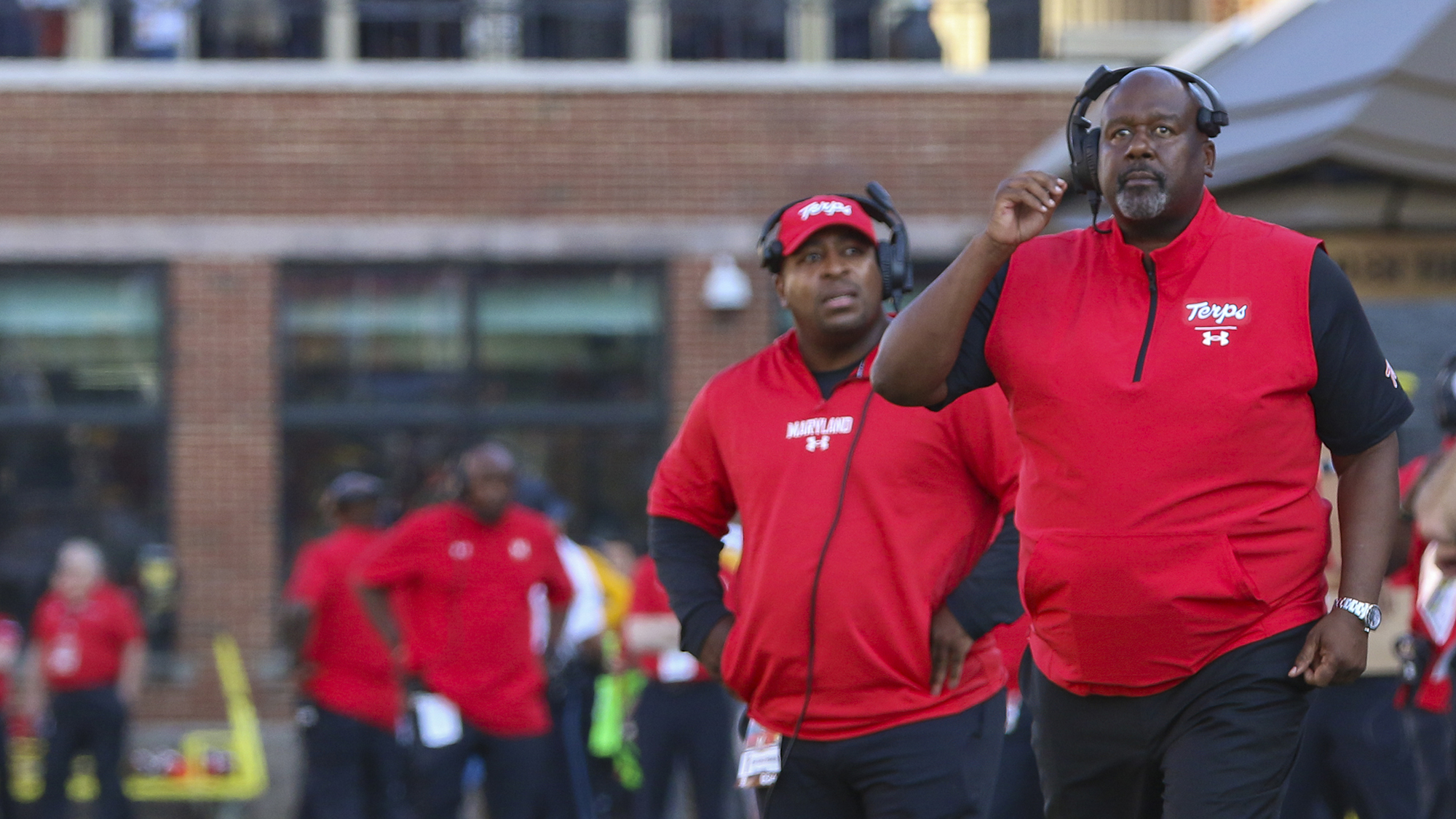Maryland football won’t have to compete in a stacked Big Ten East division during conference play for much longer.
The Big Ten announced a new football scheduling model in a release Thursday that ends divisional play and will be implemented when the conference expands to 16 teams in 2024 with the additions of USC and UCLA.
The Terps will have a permanent annual matchup with Rutgers. They will take on the Scarlet Knights, Indiana and Michigan in both 2024 and 2025. They will play the remaining 12 Big Ten teams once in the remaining 12 conference games across the two seasons.
Teams will also rotate between non-permanent matchups. These “two-play opponents” will change every two years. Maryland will take on Michigan and Indiana in on the road in 2024 and at home in 2025, but will play a new pair of teams in both 2026 and 2027.
The model means that each Big Ten school will play every team in the conference over the course of two years.
[Five stats that explain Maryland football’s 2022 and could define its 2023]
“By moving to a no division format, you get to create a more fluid rotation of opponents,” Big Ten Chief Operating Officer Kerry Kenny said on Big Ten Network. “Now everybody gets to play every other team in the Big Ten twice in a four year period at least.”
Maryland, which previously played six games in a division that includes Michigan, Michigan State, Ohio State and Penn State every season, will see different Big Ten opponents more often.
The Terps are a combined 5-28 against that quartet of teams since joining the conference in 2014.
Maryland will host USC in 2024 and will travel to take on UCLA in 2025.
The Terps’ 2024 schedule also includes home games against Michigan State, Purdue and Wisconsin as well as away games against Illinois and Iowa. The Big Ten will release the full 2024 schedule with dates later this year, according to a release.
Maryland will take on Penn State and Nebraska at home as well as Minnesota, Northwestern and Ohio State on the road in 2025.
[Defensive line, veteran receivers impress in Maryland football’s spring game]
The Big Ten decided to move away from divisions and introduce the new “Flex Protect Plus” scheduling model in order to balance travel and competitiveness in the league with the impending addition of two Los Angeles-based schools.
“You want competitive balance, you want to respect history and tradition in the conference even as you’re expanding and you also want to connect fans,” Big Ten Commissioner Tony Petitti said on Big Ten Network. “I think all those things were done with this format.”
Different teams have different numbers of permanent opponents under the new model. Iowa has the maximum number of protected rivalries with three, Penn State has zero and Maryland has one against Rutgers.
The Big Ten championship will feature the top two teams in the conference’s standings at the end of the season as opposed to the two division winners. A team from the West division has never won the Big Ten championship since the conference adjusted to geographic divisions in 2014.



